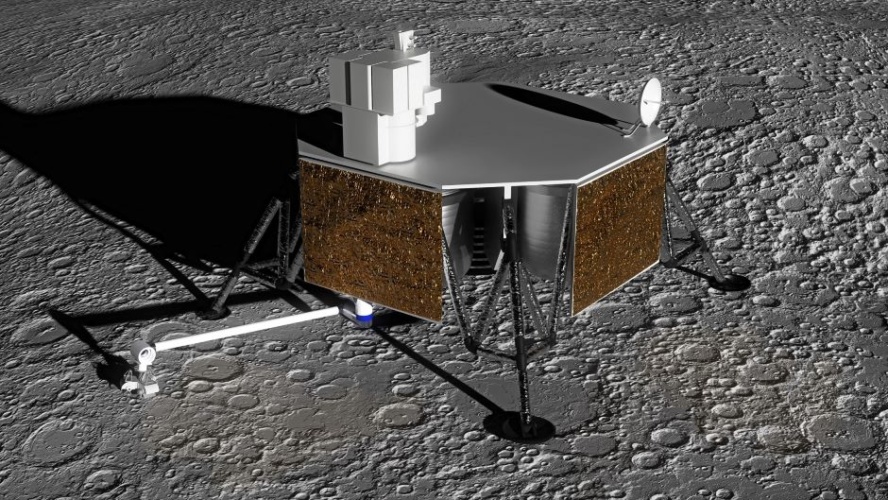Study set to extract oxygen from Moon rock regolith
Efforts to colonise the Moon could be given a significant boost with molten salt and electrolysis technology that extracts oxygen from Moon rock.

To this end, Thales Alenia Space has signed a €1m study contract with the European Space Agency for a payload concept to do just that.
For a sustainable habitation on the Moon, humans will need to utilise resources that they find on the Moon rather than transport these resources from Earth; one of these resources is oxygen.
Thales Alenia Space teams in the UK have worked with AVS, Metalysis, Open University and Redwire Space Europe to specify a demonstration payload for a European Space Agency Lunar Mission that uses molten salt and electrolysis to extract oxygen from Moon rock regolith.
Related news
Metalysis awarded ESA contract for lunar resource harvesting
According to the ESA, samples returned from the lunar surface confirm that lunar regolith is made up of 40–45 per cent percent oxygen by weight and is its single most abundant element. This oxygen, however, is bound up chemically as oxides in the form of minerals or glass.
Register now to continue reading
Thanks for visiting The Engineer. You’ve now reached your monthly limit of news stories. Register for free to unlock unlimited access to all of our news coverage, as well as premium content including opinion, in-depth features and special reports.
Benefits of registering
-
In-depth insights and coverage of key emerging trends
-
Unrestricted access to special reports throughout the year
-
Daily technology news delivered straight to your inbox










Water Sector Talent Exodus Could Cripple The Sector
Well let´s do a little experiment. My last (10.4.25) half-yearly water/waste water bill from Severn Trent was £98.29. How much does not-for-profit Dŵr...